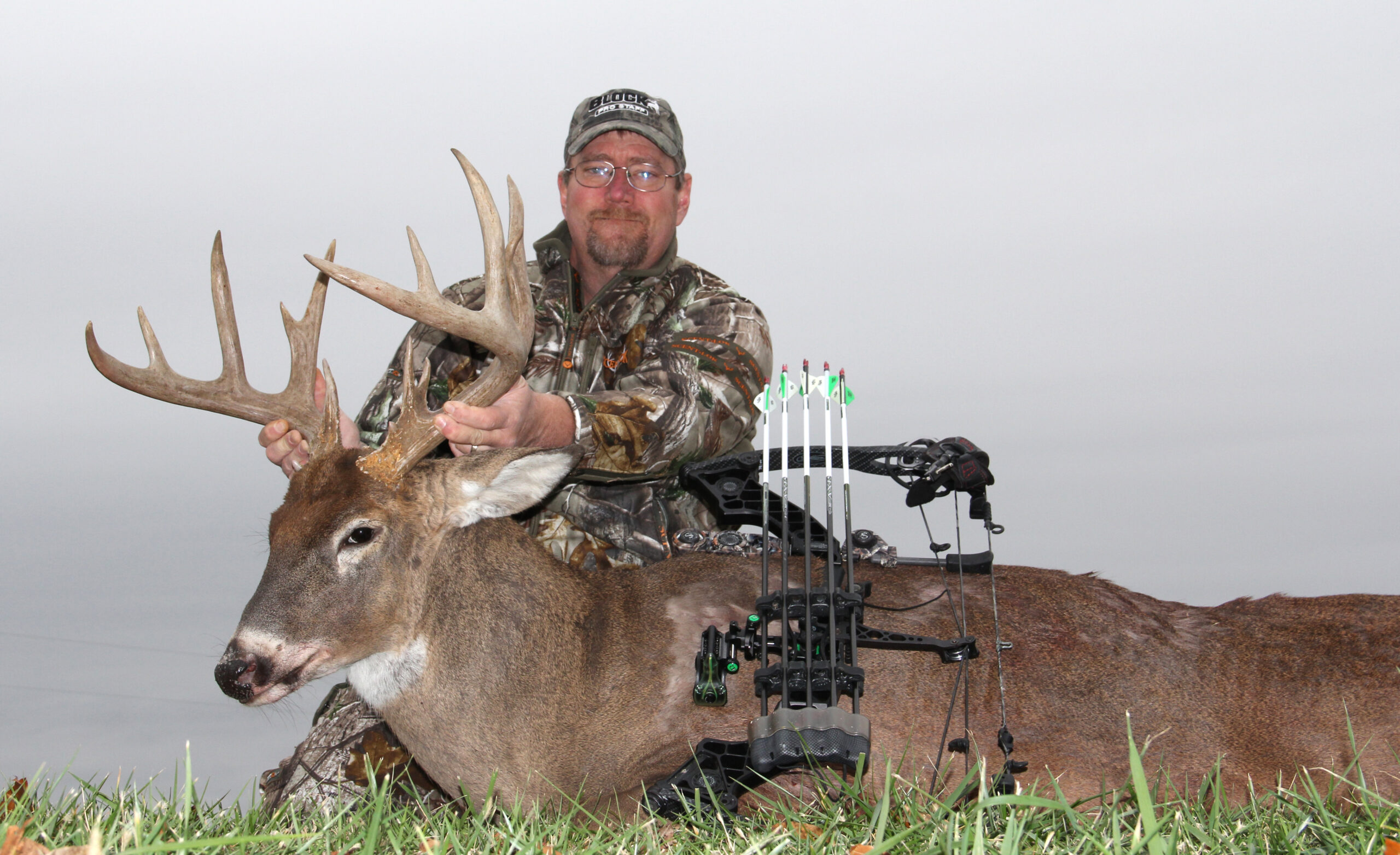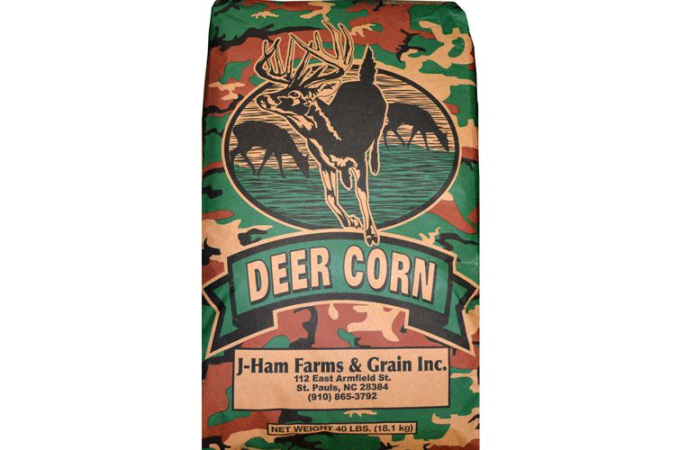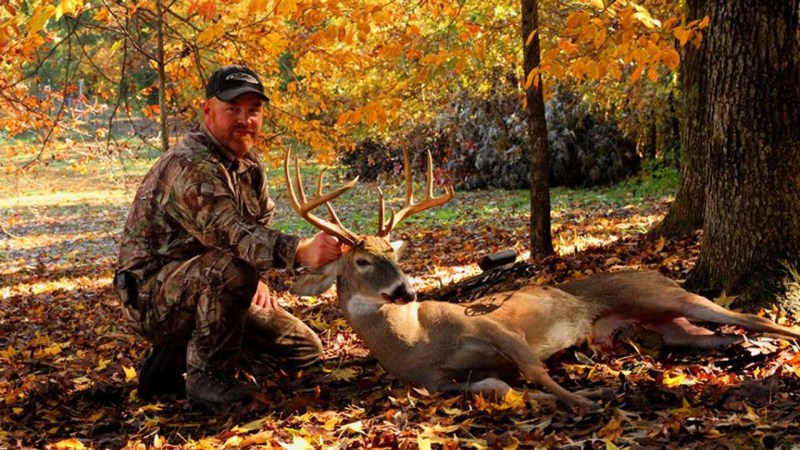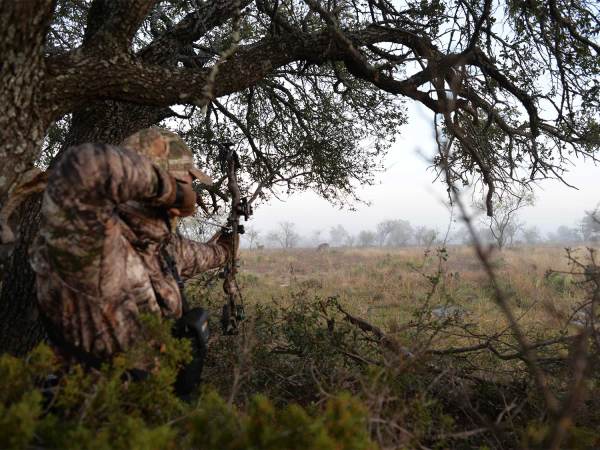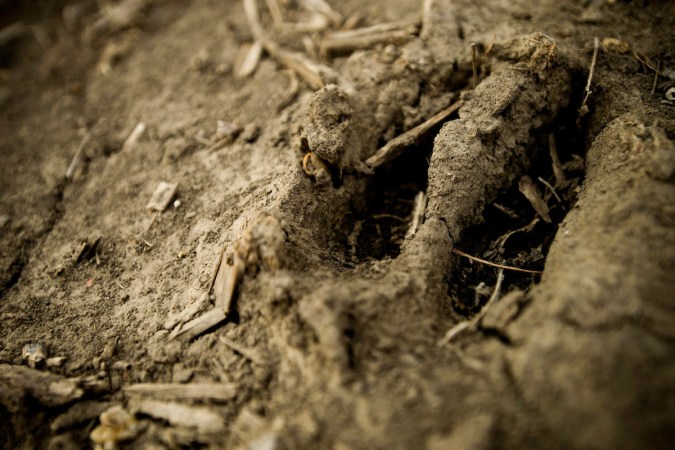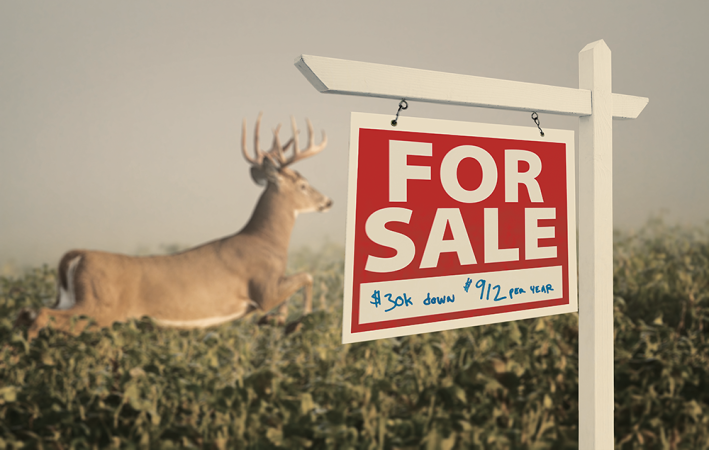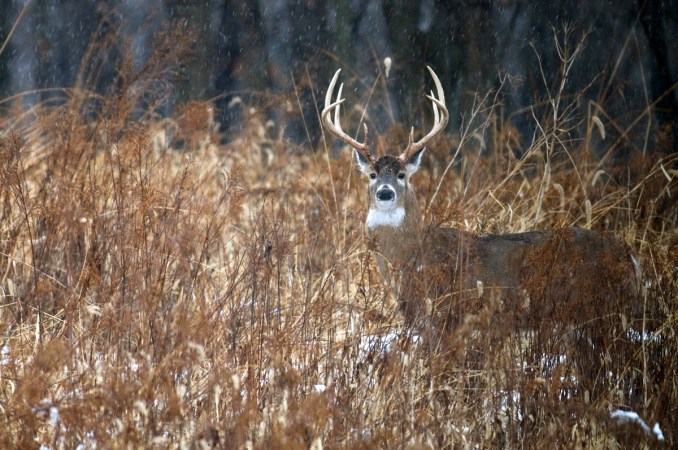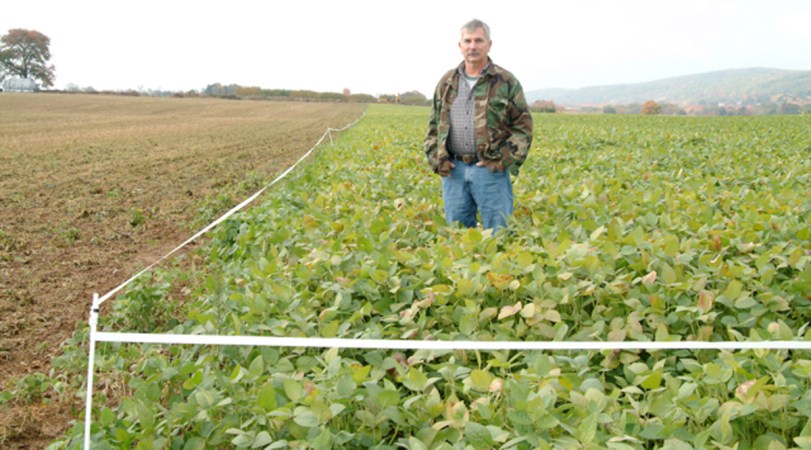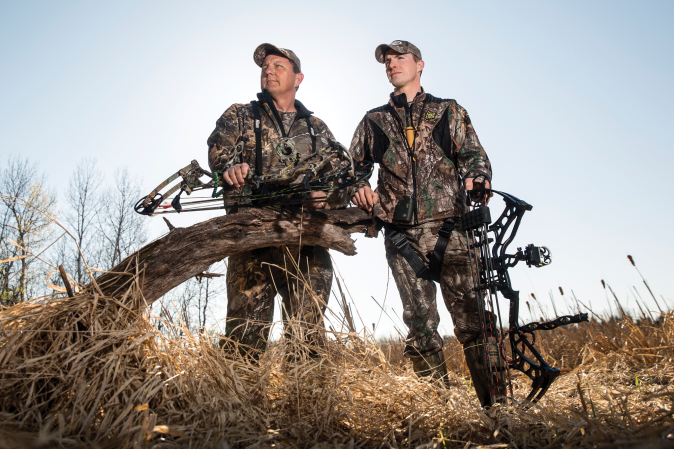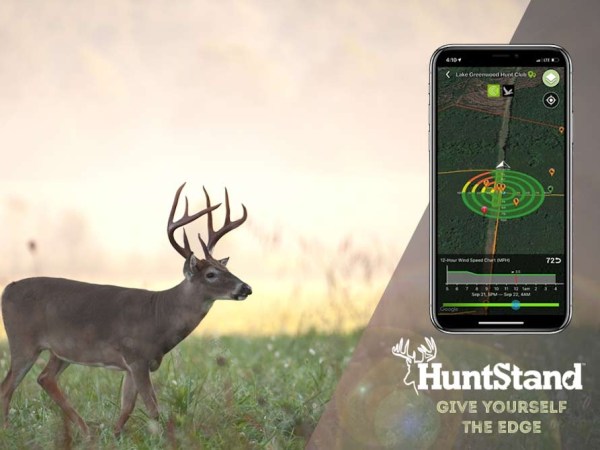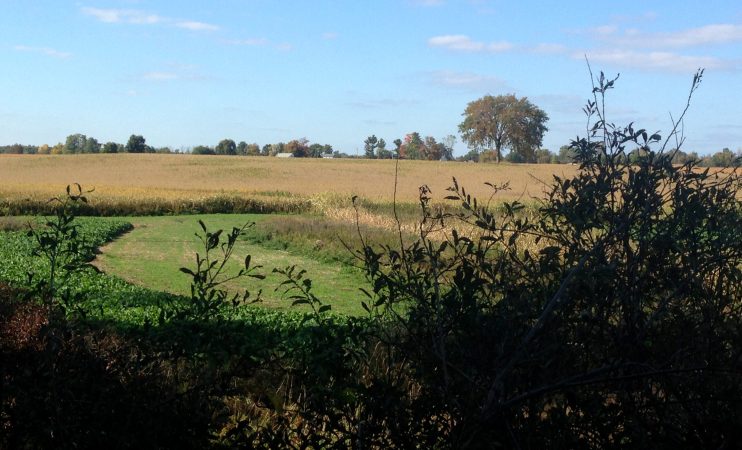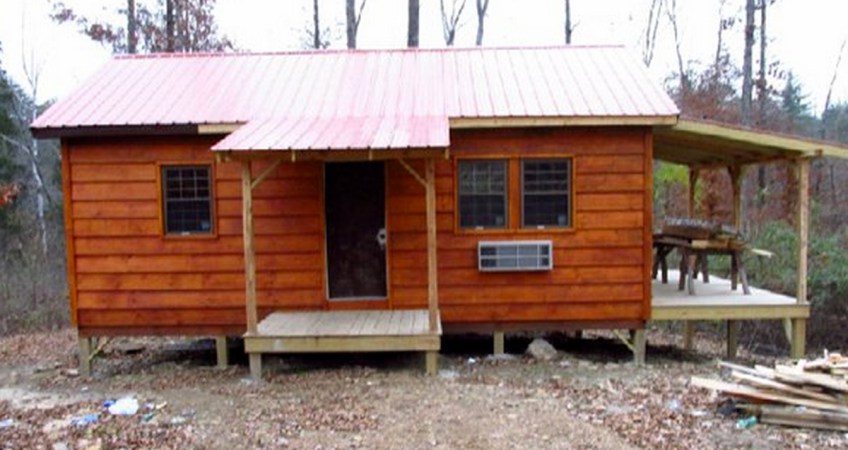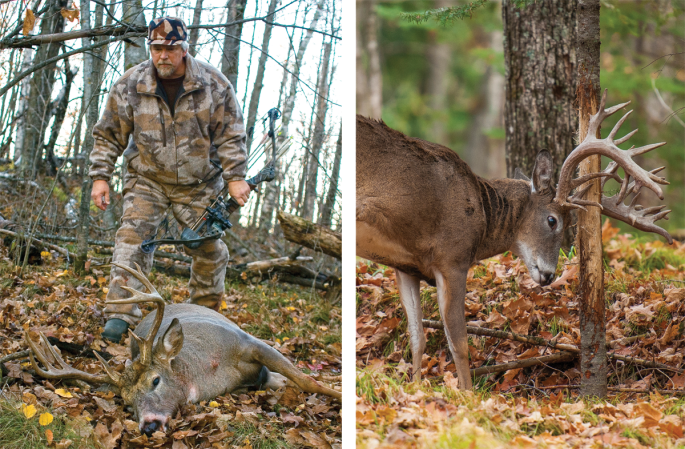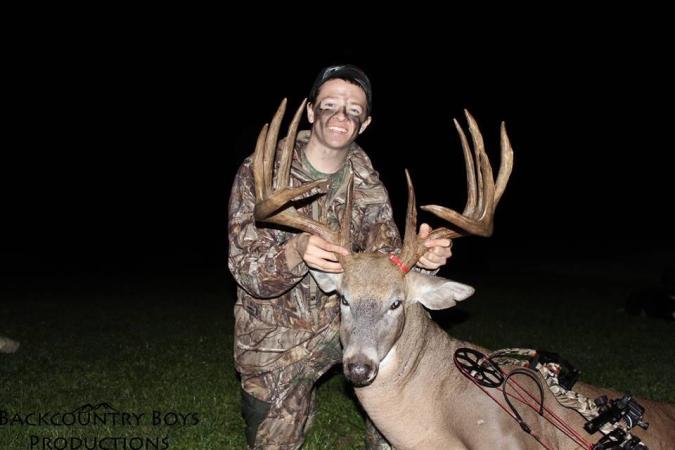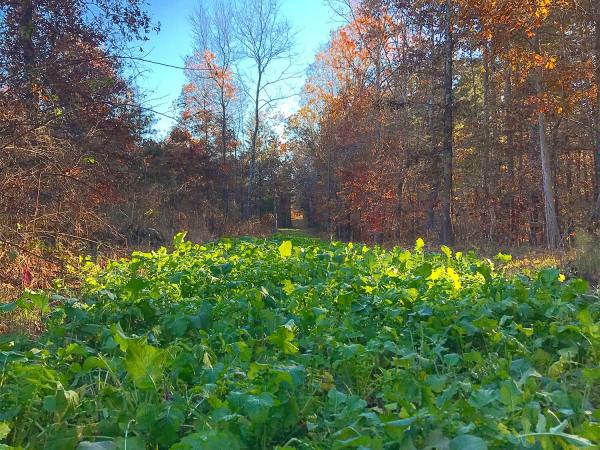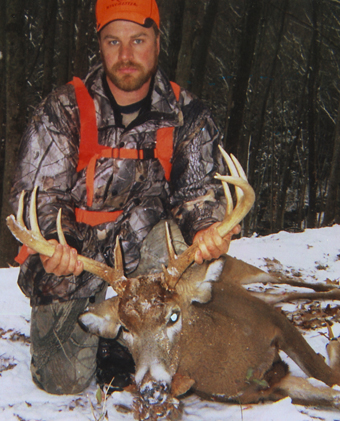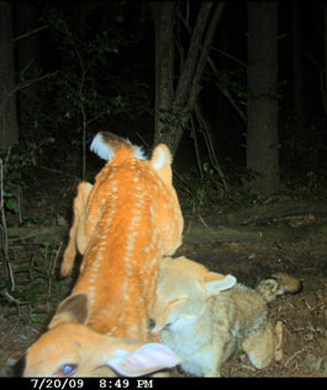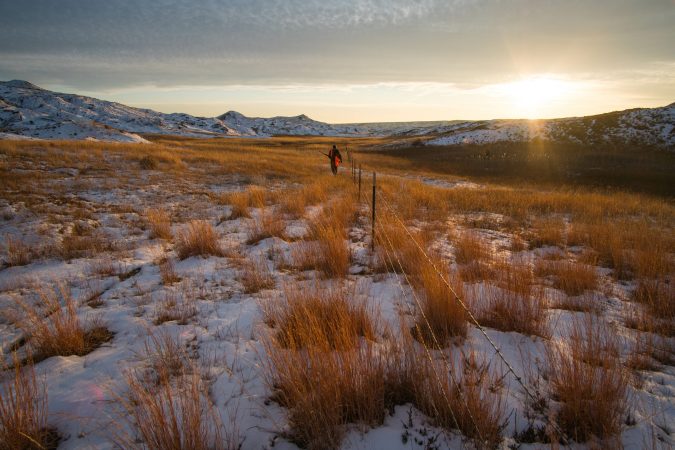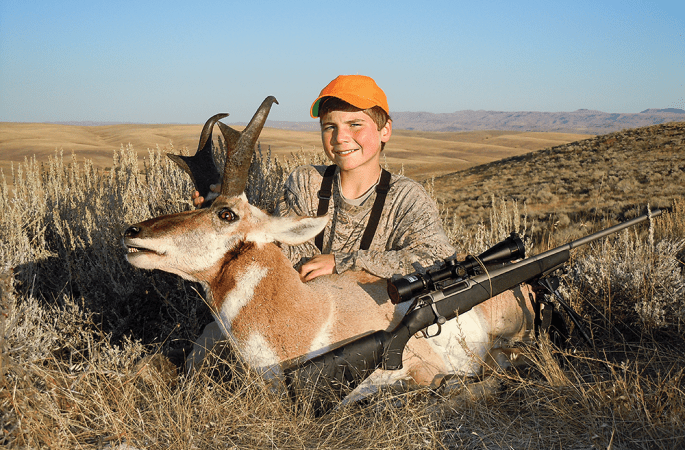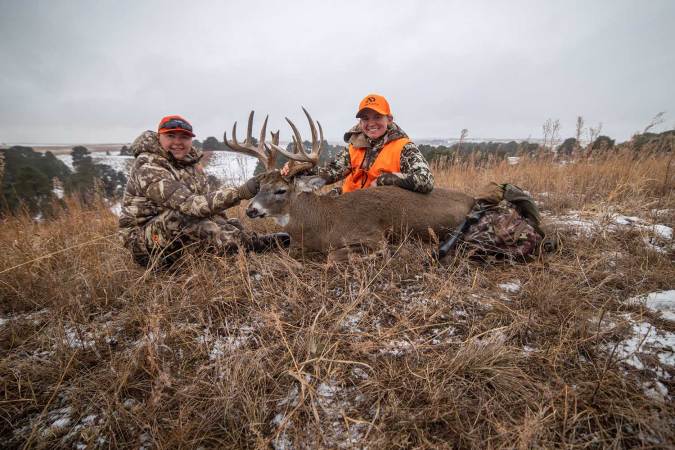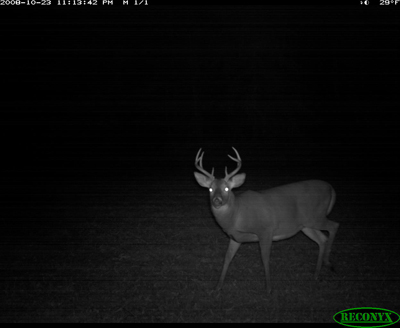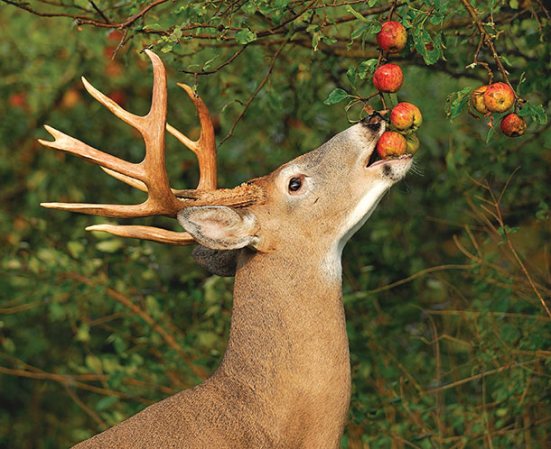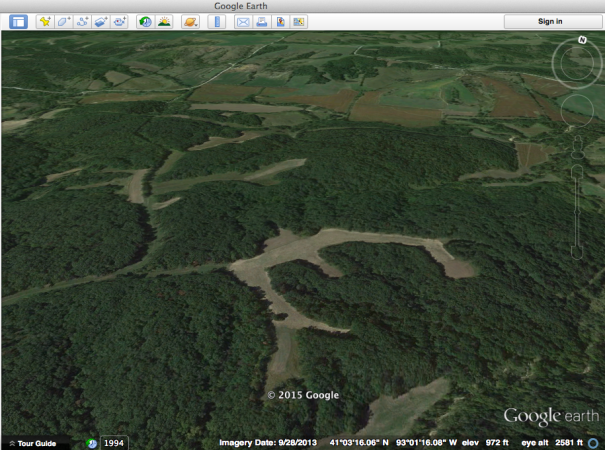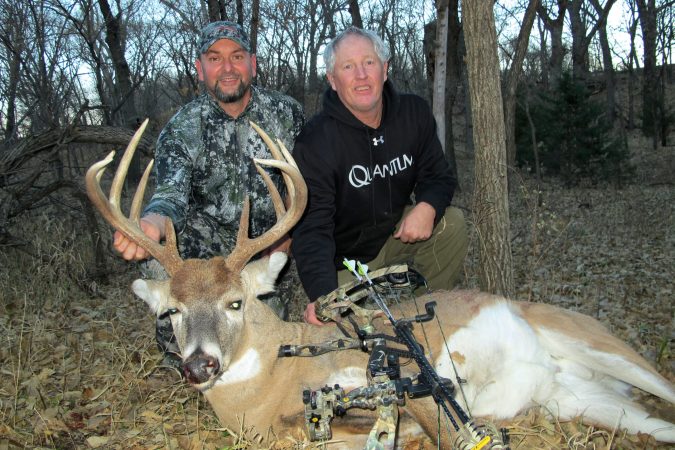Can you take 80 acres of never-been-improved land—or 60, 40, or even 20 acres—and turn it into a big-buck hunting paradise? The answer might surprise you.
And the question itself isn’t so far-fetched. It happens every summer and fall: a diehard hunter, or maybe an inspired group of longtime hunting buddies, decides it’s time to pull the proverbial trigger and buy a chunk of land earmarked specifically for hunting. For this discussion, let’s consider the working budget isn’t huge, so we’re talking about a modest tract of land that has never been optimized for hunting. What does it take to pull this off? And is it worth the expense and trouble?
Reality Check?
I took that exact scenario to the doorstep of avid deer hunter and author Steve Bartylla, who, at age 50, has been managing lands for hunting more than half his life. Bartylla began with a reality check, explaining that those landowners looking for slam-dunk hunting success need to consider precisely where they buy their parcel, and know intimately their personal goals. Bartylla warned that on a smaller tract—and even on many larger spreads—you can easily be a “victim” of a low local deer population, and/or intense local hunting pressure. Small tracts can struggle mightily under either one of these obstacles. If both exist, you’ve got real trouble.
Conversely, Bartylla explained, the ideal spot for your tract is an area that holds both good numbers of deer, and consistently churns out the type of top-quality bucks you seek. And yes, these tracts do exist. Of course, everyone has different goals and dreams, so Bartylla advises knowing exactly what you want—and doing a good bit of boots-on-the-ground research—before plunking down your cash.
“I would get out and knock on lots of doors, talk to people in the area as you meet them, and get a feel for the area,” Bartylla advises. “It sounds great to simply check the Pope and Young records for the county you’re in, but that can be deceiving. There are an awful lot of good old boys with 180-inch deer hanging in their barns and garages who’d laugh at the thought of paying money to enter a deer in a record book. As an example, I managed a property in northern Missouri in an area that had just one entry in the Pope and Young records—but I killed a record-book buck every year I hunted there, for several years. In certain areas it’s cool to enter your deer in the record book, in others it’s considered the most ridiculous thing [imaginable].”
How Your Impact Can Help
Once you’ve found your parcel, take heart in the fact that you will indeed be able to optimize the land to attract more deer, and create high-percentage stand sites. And if you transform and use it correctly, there should be no worries about overhunting.
“Most people think that with a smaller tract one of the downsides is that you won’t be able to hunt it much, but that’s not true,” Bartylla said. “You can actually hunt the heck out of your property, if you do it in a low-impact manner. By this I mean the deer should not hear, see, or smell you. And that’s where habitat improvement comes into play. You can design a property that will offer very high-odds stand locations that are also low-impact.
“One of the most critical things to look for is good access,” Bartylla continued. “Access is almost never set up for deer hunting, but typically, for farming or logging. Edge access is ideal. An example would be a square 40-acre parcel with a road around the perimeter. This gives you the ability to access half of your property, under any wind direction, without ever having your odors blowing into your property.
“You also must learn your new ground. Find out what the deer need—the best local food, water, and cover, and where deer can go to feel safe, find comfort, and breeding opportunities.
“Some properties are more transition zones, some are primarily food sources. You need to figure this out, then play to your strengths. Can you produce a property that a decent number of deer will use as a core area? Can you offer deer a complete package of habitat needs? If you own a smaller property you’re never going to make it so deer will never leave it, but you can absolutely get them to spend a disproportionate amount of time there.”
Make the Most of What You Have
Bartylla offered an example of a fairly typical small-tract scenario: Imagine a good bedding area on land adjacent to one side of your property, and prime feeding on neighboring land on the other side, while yours offers neither option.
“This is a classic transition property, and your goal would be to have deer ‘stage’ on your property—have them linger there as long as possible—while traveling between the preferred bedding/feeding areas,” Bartylla notes. “A small food plot or two might be one answer. Also, you might find while walking the property that deer are crossing through it using 12 major trails. Through habitat improvement, you might fairly easily make it so deer will eventually cross through at just four locations. And so your odds of hunting success have just gone way up.”
Bartylla explained that many new landowners don’t realize that major land transformations can be accomplished in just one day, and affordably, with help from heavy machinery.
“Many people think it’s out of reach, but I regularly hire bulldozer operators to come in and work for about $100 per hour, and so for about $800 you can literally transform your property in just one day. Most people put their food plots in the ‘easiest’ places, without thinking about access. And sometimes the answer is to clear a bunch of trees.
“Many new landowners drop the ball; most are great at making habitat better, but are not thinking about how to make better hunting sites,” Bartylla continued. “So you need a thorough plan that reverses that misguided approach. Every single one of your improvements should result in creating the type of deer flow through your property that results in low-impact, high-odds locations. The reason is, you’re going to have a very limited amount of prime opportunities over the course of the season, and you want to take advantage of as many as you can. Low-impact, high-percentage stands are great, but finding natural examples is actually pretty rare.”
What and How to Plant
No article on managing smaller parcels would be complete without advice on food plots, and Bartylla has some strong opinions.
“When it comes to planting, my best advice is one word: diversity. There is not a single food source out there that is a favorite all year. Every source has peaks and valleys, so I like to offer a little bit of everything.
“One thing I do a lot, is to ring the outer five to 10 yards of a plot with clover,” Bartylla advises. “Most plantings don’t do well with shade from the surrounding forest, but clover thrives in shade. I like to plant the inner portion to brassicas, and when they get about three inches high, I top-seed with 100 pounds of three parts cereal rye, one part oats. So now, at this one location, you’re ramping up the variety of food choices. Upwind and within bow range of the best stand site, I also like to plant six apple trees: two that produce in early season, two in mid season, and two that produce fruit later. I also like to add a water source—nothing more than an oversized mud puddle will work—and you can also buy a water trough and bury it to the lip. You’re doing all these things to stack the odds in your favor.”
Some Final Tweaks
Is your food plot work done after determining size, location, and forage? Not quite, Bartylla says.
“Next you should consider going into the woods adjacent to your plot, and for a 5- to 10-yard band around it, I like to hinge-cut all the trees, just enough that the trees will fall over, and a good percentage will continue to grow,” he explained. “That will provide good thick cover, and you’re also opening up the canopy to help your plot thrive. As a finishing touch, I like to leave a forest opening 20 yards upwind of that prime treestand location to funnel deer into the plot, and right into range. Now, your odds of success at that site just went way up.
“From my experience it takes two to five years before the hunting starts peaking at a newly managed property. You’ve got to be patient, but the results will typically be well worth the wait.”
For more hard-won tips from Steve Bartylla, you might want to pre-order his new book, Landowner’s Guide to Deer Management and Habitat Improvement, available from Amazon.com in 2016.
